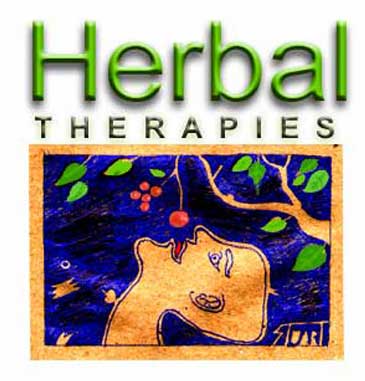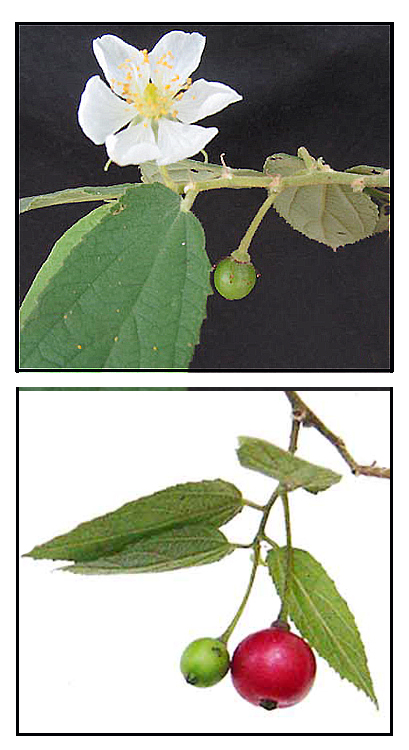
The early
90's seemed hopeful for the merging of western and alternative
medicine in the Philippines. There was a burgeoning global movement
towards alternative therapies, a new-age allure for "natural"
remedies; and in the Philippines, the beginnings of herbal medicinal
research & development. In 1992, during the term of Juan
Flavier as Secretary of Health, a brochure of 10 medicinal plants
(akapulko, ampalaya, bawang, bayabas, lagundi, niyog-niyogan,
pansit-pansitan, sambong, tsaang-gubat, yerba buena) for common
health problems was published and commercial production was pursued.
In 1997, the TAMA (Traditional and Alternative Medicine Act)
was passed, providing a legitimizing boost to the alternative
medicine movement in the Philippines.
The internet is testament
to the exploding global alternative movement, the rush for the green,
the herbal and the natural, with cybermarts glutted with the latest
in noni juices, virgin oils, new and improved erectile naturaceuticals,
new, re-discovered, or recycled treatment modalities, embellished
with come-on components of qi, magnets, gems, or herbs in all of
its various forms – .extracts, powders, capsules, tablets
and teas - some profusely laden with testimonials, catering to or
preying on the needs of the new-age and the aging urban and burgis
markets.
It is uncertain how this
global-cyber-alternative-rush will trickle down to benefit the rural
poor who has always relied on alternative modalites and healers
and wild-crafted herbal plants as mainstay therapies for its sundry
of healthcare needs. While it has gained in-roads into the alternative
commerce of urban-burgis markets, alas, but its a long way from
the impoverished rural dirt roads.
The "rolling stores"
with its promise of affordable and accessible herbal medications
- together with day-to-day commodities and needs - to the indigenous
populace was a short-lived political play, palaver and political
fanfare for the
expectant "masa" that sputtered and stalled on first gear.
| We
have a very diverse flora, with about 1,500 of over 13,000 species
with identified medicinal value. A $100-million global market
for medicinal plants has caused renewed interest. Yes, it will
be a great opportunity for private enterprise. Alas, for the
poor. These capsules, tablets, ointment and teas will never
be affordable. |
|
Research and development
of herbal medicinal plants and the commercial production of some
have not made any measurable benefits to the impoverished rural
poor. The commerce and trade remains in the profit-fueled markets
of urban and suburban milieu.
There continues the difficult
divide between the practitioner of western medicine and the advocates
of alternative medicine. For the most part, the "old"
medical establishment continues to present an unyielding front,
big-city practitioners far removed from the economics and realities
of rural life and health care, suspicious and derisive of non-allopathic
modalities, denigrating the practice of alternative medicine to
the hilots and albularyos.
And, so goes herbal medicinal
plants, denigrated to medical bags of albularyos and the hand-me-down
use of many of the rural folk.
Alas,
such a waste.
The study of Philippine
medicinal plants may well provide the crossroad for a merging of
allopathic and alternative medicine. The rural areas provide a hexiological
environment for the study of herbal therapies and other alternative
modalities. Studies in search for scientific validity involves only
a handful of the more than 1500 species of plants with medicinal
value: Lagundi for cough and asthma; sambong as a diuretic and to
prevent kidney stones; tsaang gubat for abdominal pains and as antimotility
agent; yerba buena for fever and body aches; niyog-niyogan for ascariasis
(antihelminthic); bayabas for wound disinfection (antiseptic); akapulko
for skin (antifungal) infections; ulasimang-bato for arthritis and
gout; bawang to lower cholesterol; and ampalaya for diabetes mellitus.
| Philippine pharmacopeia
released in 2004 lists 30 crude plant drugs that has been in
study for potential benefits: Dita bark, sinta herb, kintsay
leaf, sampaguita flower, ipil-ipil seeds, makahiya herb, apatot
fruit, malunggay bark, ikmo leaf, paminta, oregano leaf, mayana
leaf, granada rind, romero leaf, akasya leaf, duhat bark, sampalok
pulp, makabuhay stem, ginger and banaba. |
 |
There are thousands of herbal
plants that folklore has attributed medicinal benefits to. Only
a few have claim to some scientific validity. Many continue to thrive
in the esoteria of folkloric and rural pharm, part of many alternative
rituals and treatment modalities. And for many, in its wild-crafted
use, it is the only affordable form of therapy.
A comprehensive and
in-depth study of herbal plants should address the needs of the
rural folk who use wild-crafted herbs as mainstay therapy for
a variety of illnesses, in lieu of unaffordable and consequent
intermittent and ineffective use of prescription pharmaceuticals.
The study must translate into a comprehensible, practical, and
user-friendly compendium of information that can guide the rural
folk in their use and preparation of herbal therapies, in a manner
sensitive to rural mythologies and folkloric anecdotes. separating
the wheat from the chaff, sorting out the useless and the toxic,
and providing more specific indications and less arbitrary dosing.The
hope is that research and studies will lead to the formulation
and manuafacture of herbal medicinal therapies that will be made
available and affordable to the rural folk as an alternative
to cost-prohibitive prescription pharmaceuticals. But that's
shooting for the moon.
For most,
rural economics and the mathematics of existence place healthcare
low in priority, prevention and health maintenance perpetually
unaffordable or non-existent, and traditional treatment usually
a last resort or only after having tried various rural alternatve
treatment modalities, a few consultations with the albularyo,
and often a too long a trial of "tincture of time."
And change
is nowhere in sight. For many, it is Mother Earth who provides an easy
source of initial therapy, a vast array of wild-crafted herbal
medicinal plants - decocted, infused, juiced, tinctured, powdered,
pounded and poultice - providing relief in the uncertain mechanisms
of tincture of time, placebo, or a possible heretofore unknown
pharmacologic effect.






